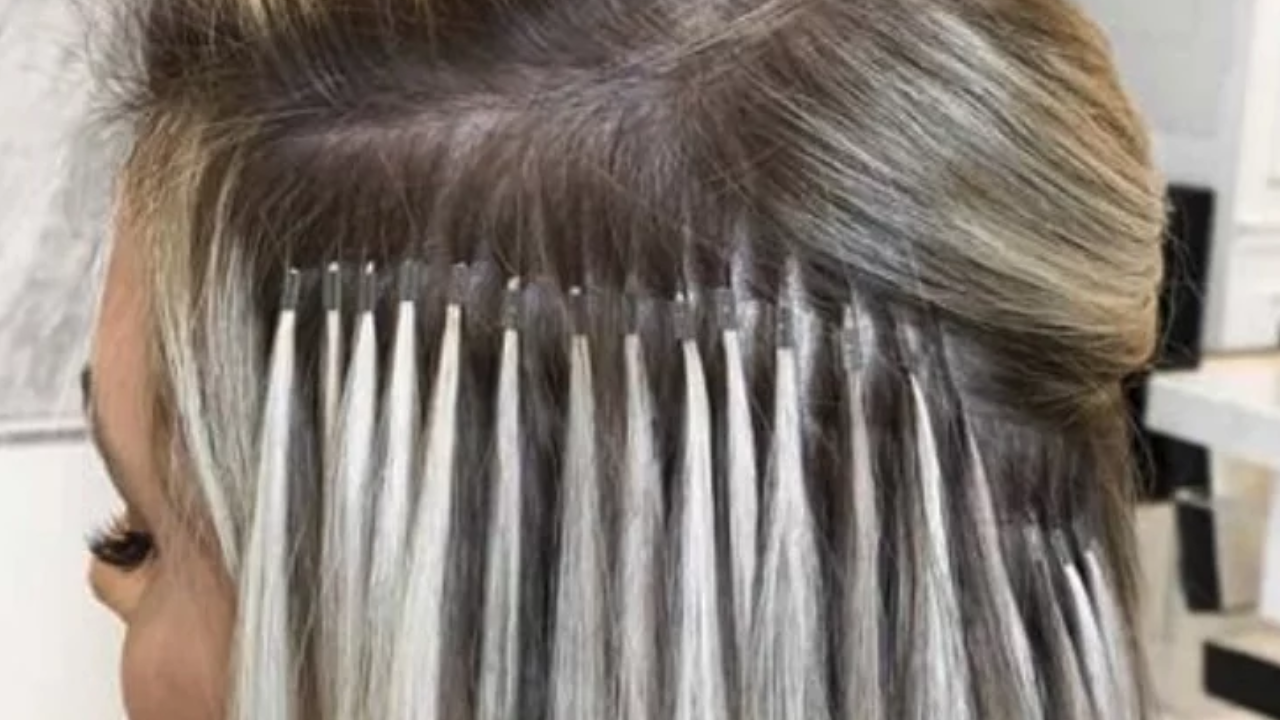If your natural hair isn't growing quickly enough for you, hair extensions are a great way to give your hair more length and fullness. The choices are endless because of how versatile length, color, and style can be. However, let the professionals enlighten you about the methods utilized to install extensions before you go out and purchase a bundle.
A technique that stylists use that might go unnoticed is hand-tied weft hair extensions, although clip-ins and sew-ins are also common procedures. We questioned the professionals about the fundamentals of hand-tied hair extensions, their installation and maintenance procedures, and their differences from tape-in extensions. For their advice, continue reading below.
“A looping and knotting technique is used to sew the weft onto the natural hair." The procedure is then repeated the entire length of the weft, she says, using a needle and thread to create a secure stitch that loops through both the weft and the folded natural hair.
Purchasing Factors for Hand-Tied Hair Extensions
Choosing hand-tied hair extensions is an investment in both your appearance and confidence. To ensure a satisfying and seamless experience with your extensions, it's essential to consider various factors during the purchasing process. Here are some key factors to prioritize when buying hand-tied hair extensions:
Hair Quality
The quality of the hair used in hand-tied extensions is a critical factor that directly impacts their appearance, longevity, and overall performance. Opt for extensions made from high-quality, Remy human hair. Remy hair is known for its cuticle alignment, meaning the hair strands are arranged in the same direction as they naturally grow.
Construction Method
Hand-tied extensions are crafted by expert craftspeople who hand attach each individual hair strand to a thin weft. This meticulous craftsmanship ensures a natural appearance and even weight distribution along the west. When considering hand-tied extensions, inquire about the construction method used. Hand-tied wefts are generally preferred over machine-made wefts for their precision and quality.
Weight and Thickness
The weight and thickness of hand-tied hair extensions are crucial considerations for comfort and natural appearance. Hand-tied wefts are known for their thin and lightweight design, providing a more comfortable and seamless integration with your natural hair. Extensions that are too heavy may cause discomfort and strain on your hair and scalp. Consider the thickness of the wefts to achieve your desired level of volume and length without compromising comfort.
Color Matching
Achieving a perfect color match between the hand-tied extensions and your natural hair is essential for a seamless blend. Extensions come in a variety of colors, and it's crucial to select a shade that closely matches your natural color. Many providers offer a range of colors, allowing you to find the perfect match or even experiment with subtle highlights or lowlights. Careful color matching ensures that the extensions blend seamlessly, creating a natural and undetectable look.
Texture Matching
The texture of hand-tied extensions is another crucial factor in achieving a natural appearance. Hand-tied extensions come in various textures, including straight, wavy, curly, and kinky. Choose a texture that closely resembles your natural hair to ensure a cohesive and authentic look. Some individuals may prefer to experiment with a slightly different texture for a specific style, but overall, texture matching is vital for a harmonious integration.
Styling Versatility
Hand-tied extensions provide the flexibility to style your hair in various ways, from straightening to curling and beyond. Consider your preferred styling options and choose extensions that can withstand the heat and styling treatments you plan to use. High-quality hand-tied extensions are generally more resilient and can endure styling without losing their integrity. Confirm the recommended heat resistance and styling capabilities of the extensions before making a purchase.
Last Wording
The hand-tied weft, which is a thin strip of hair that has been manually sewn beforehand, should be positioned after the hair has been divided. It's critical to select a weft that complements the color and texture of your natural hair because it will be sewn onto the natural hair using a needle and thread after being positioned beneath the sectioned hair and aligned with the parting.


